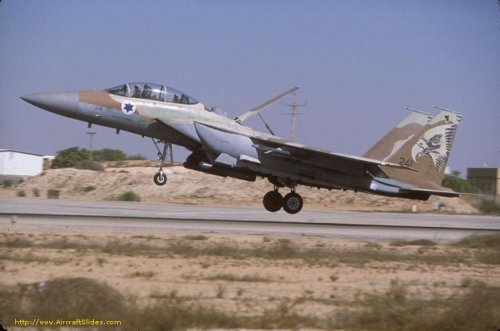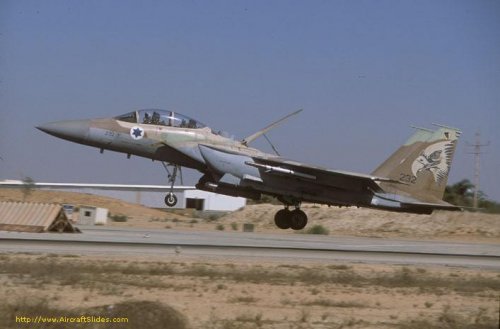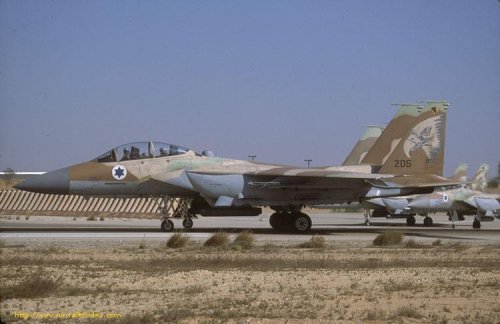F-X Design Requirements
The September 1968 RFP required the F-X design submissions to
provide a fighter with:
1. Wing optimized for high load factor (g) and buffet-free
performance at Mach 0.9 at 30,000ft altitude;
2. High thrust-to-weight ratio to achieve very high energy
maneuverability throughout the flight envelope;
3. Mach 2.5 maximum speed at altitude;
4. Long-range pulse-Doppler radar with look-down capability;
5. One man operation of the weapons system for all missions;
6. Advanced cockpit layout, displays, and controls, which would
allow heads-up operation during close-in combat;
7. Airframe fatigue spectrum with a life of 4,000 hours;
8. 360 degree cockpit visibility;
9. High maintainability: 11.3 maintenance man hours per flight hour
(similar to WW2 fighter requirements);
10. Significant increase in avionic and airframe subsystem component
mean time between failure (MBTF);
11. Highly survivable structure, fuel, hydraulic, flight control and
electrical subsystems in a combat environment;
12. Self-contained engine starting without need for groupd support
equipment;
13. Global (intercontinental) ferry range with or without aerial
refuelling;
14. Maximum air superiority mission gross weight in the
40,000lb class;
15. Low development risk components (engine and radar) and
airframe subsystems which had been proven in prototype,
pre-production, or production applications.
Source: Steven, James Perry McDonnell Douglas F-15 Eagle, Aero
Publishers, Fallbrook, CA, 1978.








